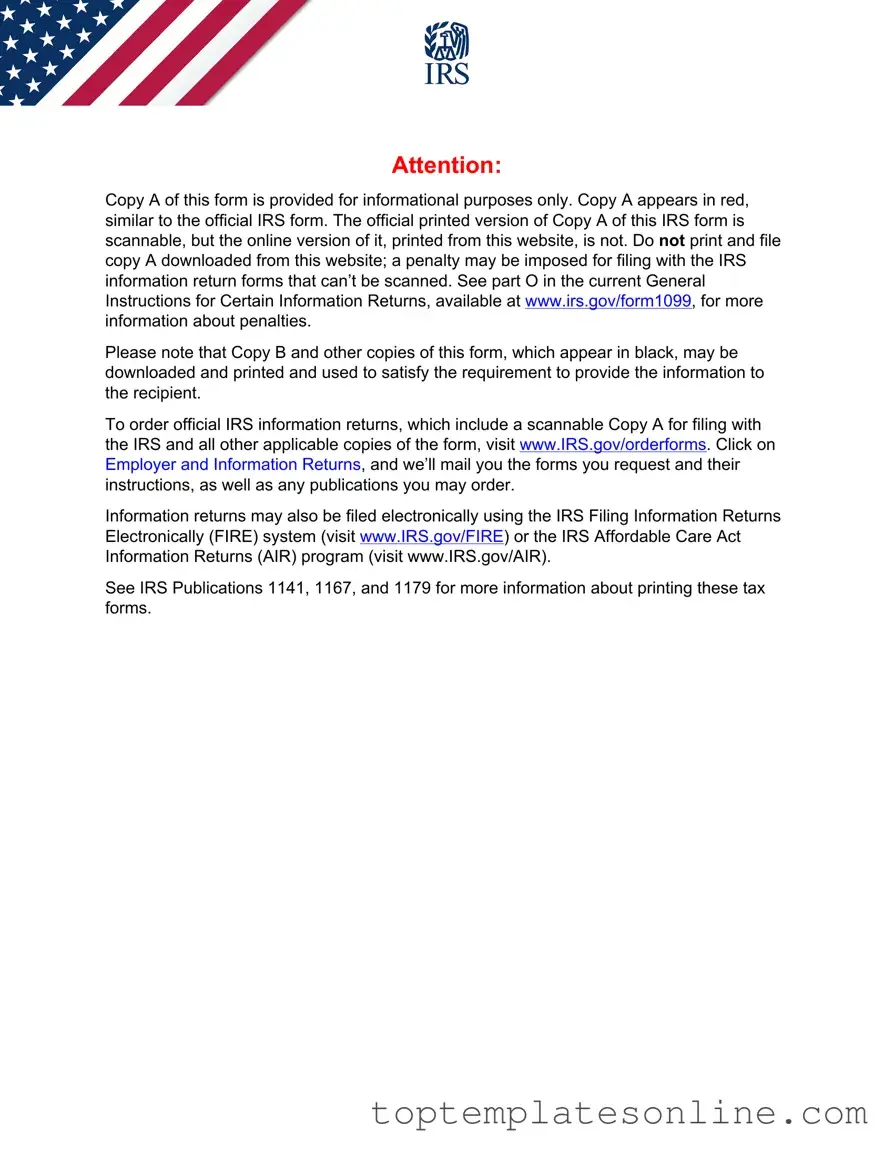The 1099-NEC form plays a crucial role in the world of tax reporting, particularly for those who work as independent contractors or freelancers. This form is specifically designed to report nonemployee compensation, which is income earned by individuals who are not classified as employees. If you receive $600 or more in payments for services rendered, the payer must issue this form to you and report it to the IRS. The 1099-NEC includes essential information such as the payer's and recipient's taxpayer identification numbers (TINs), the total amount paid, and any federal or state taxes withheld. Unlike other tax forms, the 1099-NEC requires careful attention to detail, especially since penalties may arise from filing incorrect or unscannable forms. Recipients must also understand their responsibilities, as the income reported on this form must be declared on their tax returns. For those who have made direct sales of consumer products totaling $5,000 or more, additional reporting is necessary. The IRS provides specific guidelines on how to obtain the official version of the form, emphasizing the importance of using scannable copies for accurate filing. Whether filing electronically or by mail, understanding the nuances of the 1099-NEC is essential for compliance and accurate tax reporting.
